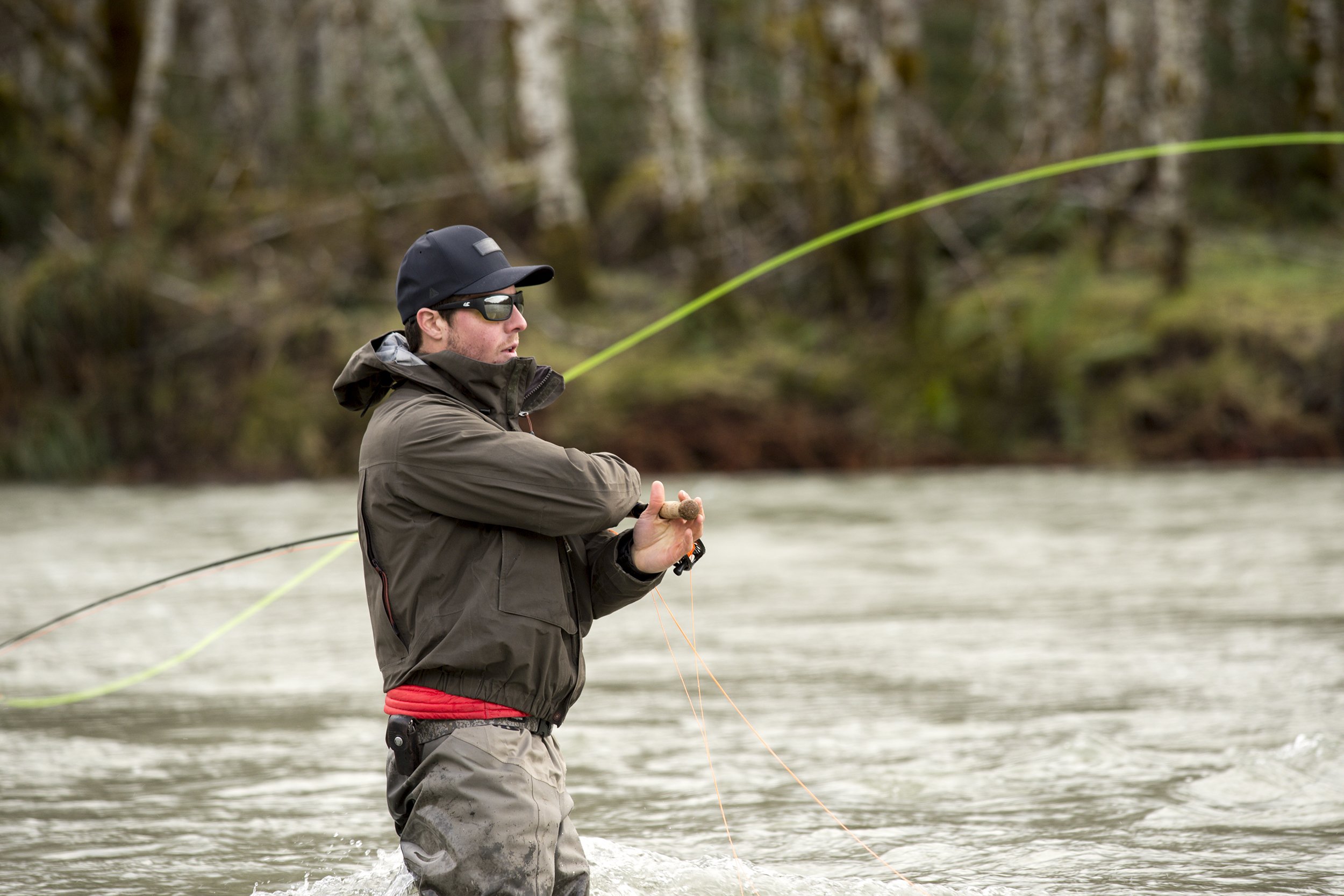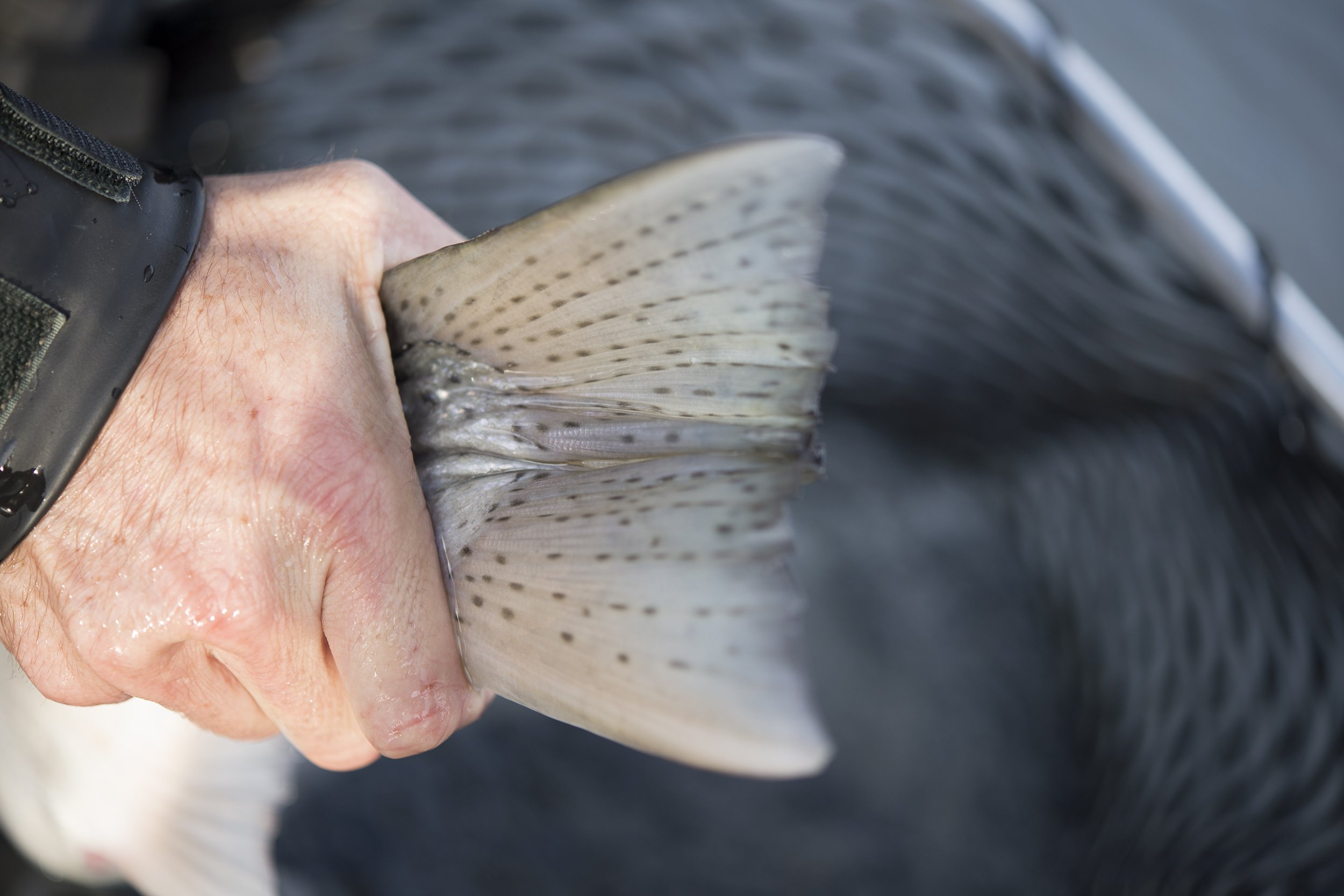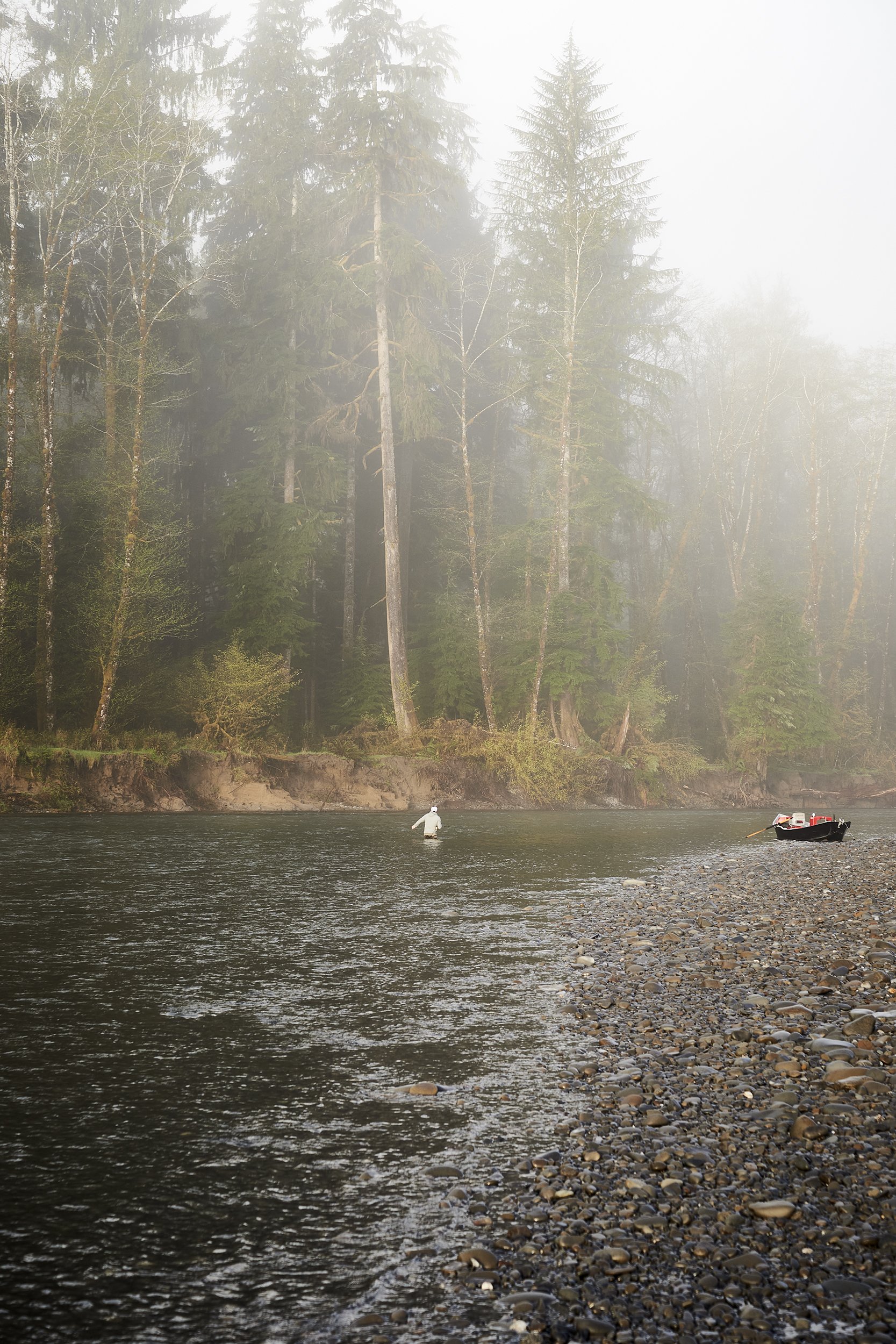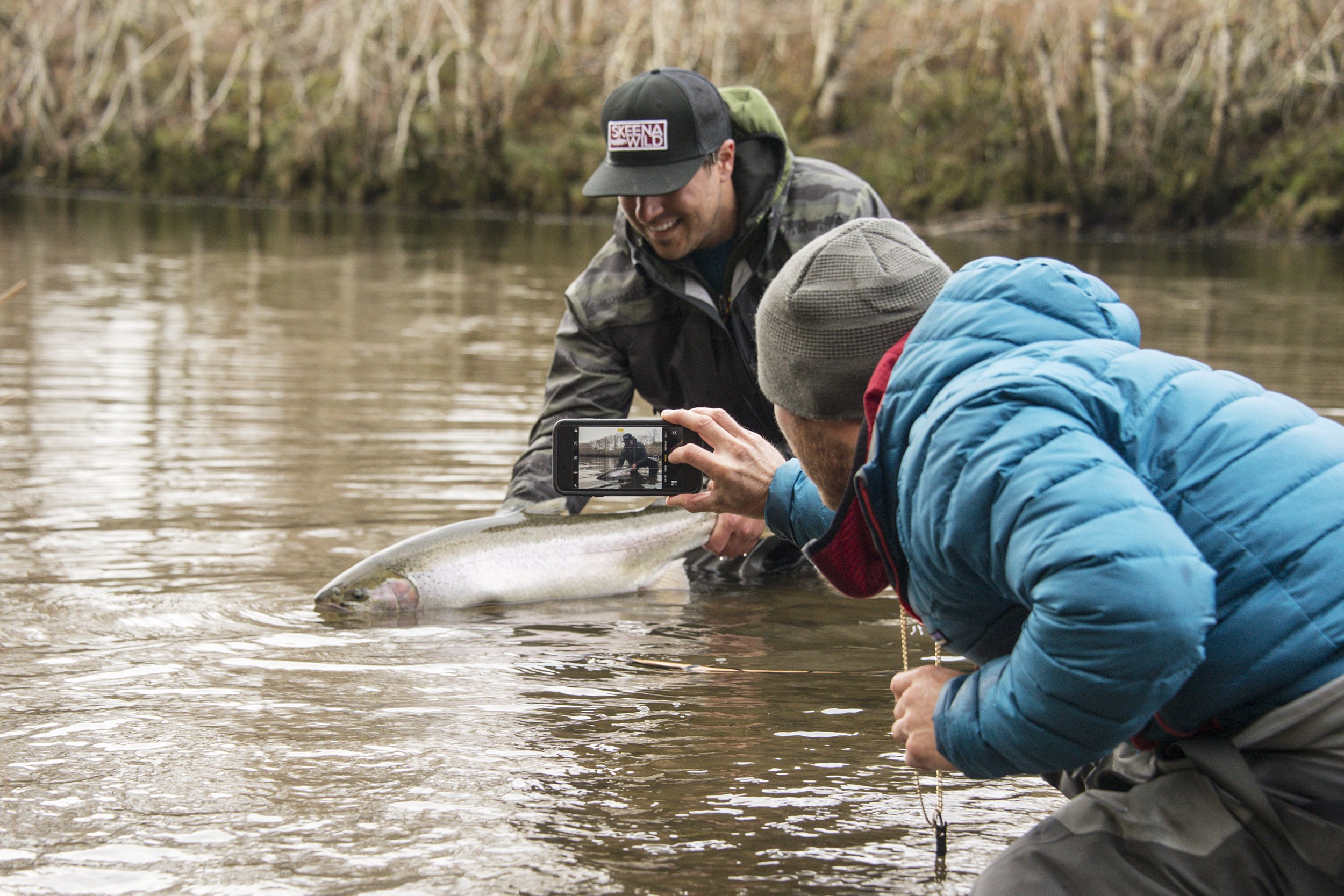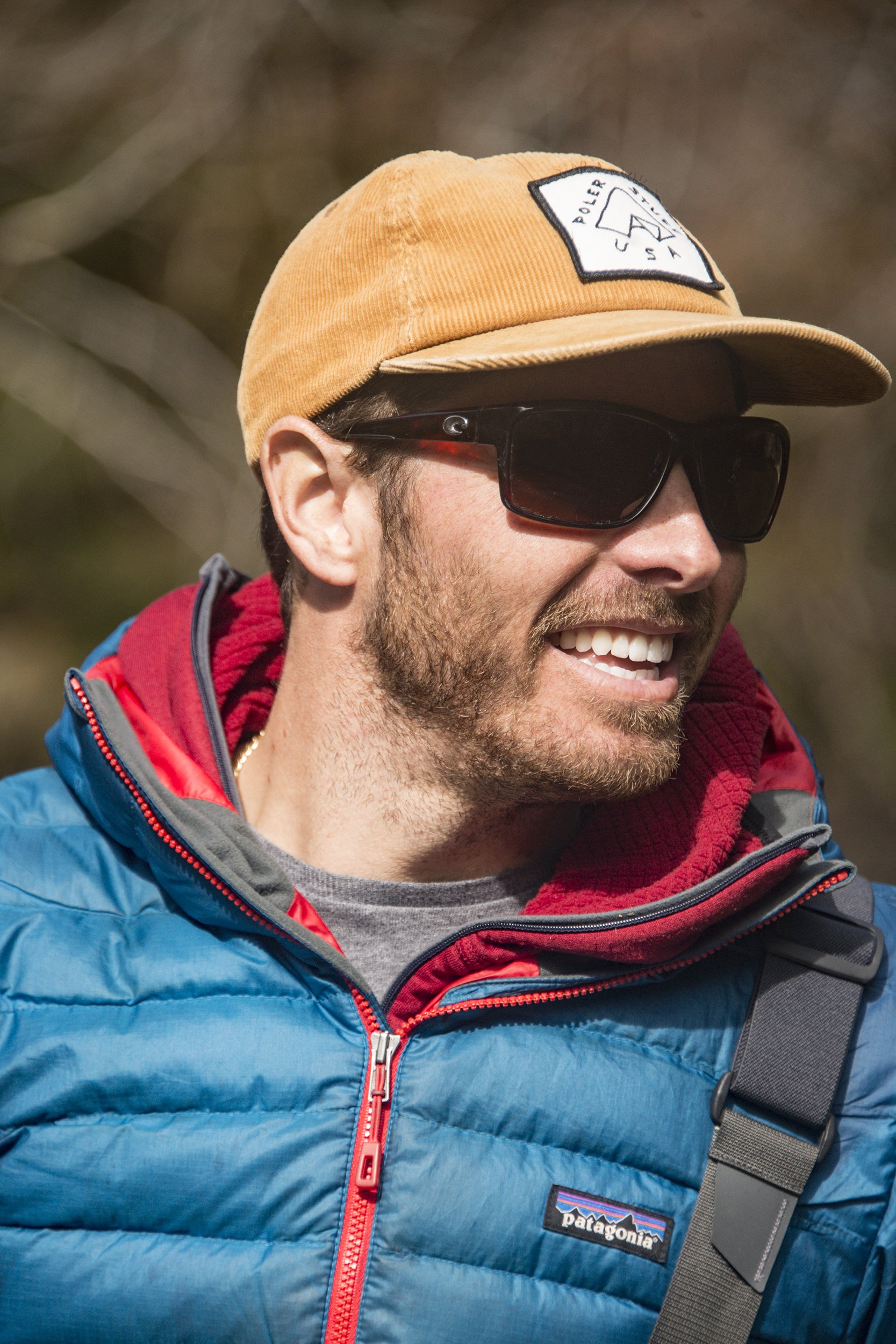Steelhead
The 4 H’s of the decline of wild steelhead: A very basic intro
Steelhead are one of the most fascinating species of migratory fish. The epic journey of a fish from spawning grounds, sometimes thousands of miles from the ocean, to the open sea to eat and grow and the hopeful return up stream to their original spawning grounds to start the process over for the next generation of fish. It seems like an impossible journey and instead of making it easier for them, humans have only stood in the way and made the trek impossible. For years the returning number of steelhead to their native rivers has dwindled to almost nothing. There are many factors surrounding the decline. I will highlight a few of the threats facing these wild fish and try to give some resources so that your can learn more on your own. My stance is simple, more fish is good. We have to ask ourselves “how can we help?” and “how can we get out of their way?”.
When folks talk about wild steelhead I immediately think of the Olympic Peninsula and the glacial rivers that run swiftly to the near by sea.
Habitat
As with just about any wild animal humans have developed, altered, polluted and destroyed the wild places that animals depend on to survive and thrive. Irresponsible logging practices, the draining of estuaries for agriculture, and pollution are factors that quickly come to mind when we think of the degrading of our wild lands and rivers. We must also think about the effect we have had on the oceans of the world as well. That is where steelhead spend the majority of their lives.
Hatcheries
Hatcheries were put in place to offset the declining populations of wild steelhead due to the loss of habitat, over harvesting and the construction of dams on their river systems. The “steelhead” produced in these industrial fish factories have had a massive impact on the returning number and survival rate of wild steelhead. Interbreeding, competition and behavioral modification have all negatively impacted the number of wild steelhead. Protecting the river system from the impacts of these domesticated fish is key to the survival of wild steelhead.
Hydropower
Steelhead have lost access to thousands of miles of spawning habitat due the construction of dams in the previous century. These dams totally blocked some of the fish from making their journey upstream to their spawning and rearing grounds. Fish passages were built to help fish migrate through the dams but still the dams altered the habitat both above and downstream of where they were built.
Harvest
Millions of tons of wild steelhead have been killed by commercial fishing through the decades. Tribal commercial fisheries catch wild fish without ?impunity?. Some areas still allow recreational anglers to harvest wild steelhead. Humans, seals, sea lions and invasive predators all have a huge impact on the decline of wild steelhead. Predators also have a field day on the fry of wild fish that inhabit the slow water behind dam impoundments.
Oh, and there is a 5th H to worry about: Heat!
Steelhead rely on cold, clean water to survive. The threat of climate change effects the rivers, oceans and snowpack year in and year out is increasing. Rising ocean and river temperatures, decreasing stream flows and drought conditions effect every aspect of the steelheads health and journey to procreate.
I know it seems like there isn’t hope for these wild fish but it is not too late to try. Let’s all do our part and make our voices heard as anglers and conservationist. It begins with education and science. Pay attention and learn more about the threat to the wild steelhead populations.
Resources
https://www.wildsteelheadcoalition.org/
https://nativefishsociety.org/
